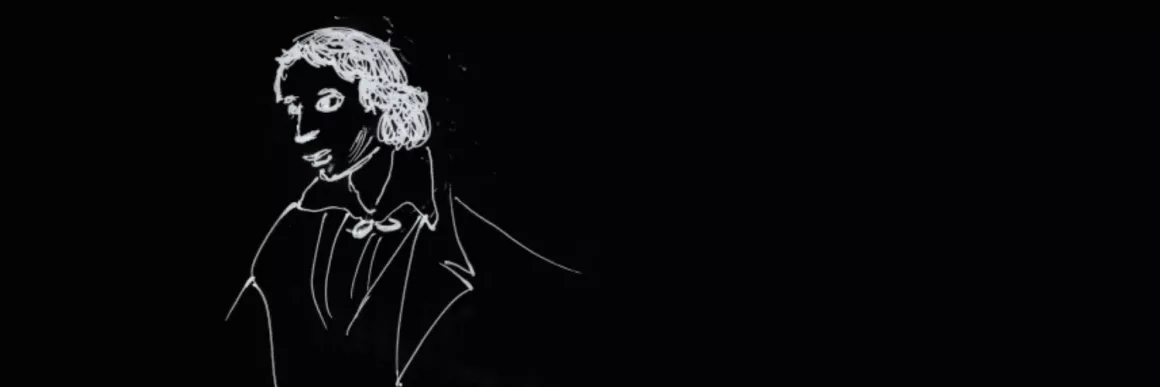Keats in Popular Culture posits Keats’s two-hundred-year reception history as an exemplary case for examining popular culture as a generative, shape-shifting borderland where liking/loving and responding to literature intermingles, sometimes indistinguishably, the tastes of the people and the elite. This collection of essays recalls three longstanding embarrassments for teachers and scholars of literary history—popular culture, media, and affect—which routinely have been defined in opposition to (while continuing to inform) the high canon of English literature. These essays aim to: 1) spotlight the positive affinity, and not antithesis, between Keats and popular culture in our time and his own; 2) examine Keats’s afterlives in multi-media creations involving authorial fashioning and participatory poetics; 3) posit what we might learn through such creations about how to read, view, and hear Keats in a growing new literary middlebrow culture; and 4) prompt reflections on how we as teachers and scholars can connect with broader mass audiences interested in Keats.
Abstract
This essay reflects on Keats’s crossover success as a hyper-canonical and popular poet for contemporary middle-brow readers, contextualizes scholarly discourses about his poetry’s longstanding (and often vexed) connections with popular culture, and introduces the essays in Keats in Popular Culture, which investigate popular culture artifacts and mediums as well as popular literature involving Keats.
Abstract
This essay traces aspects of Keats’s legacy across popular culture through instances and mechanisms of quoting (or misquoting) his work. The essay begins in periodical culture soon after Keats’s death (the late 1820s and early 1830s), then moves to the discourse around the Manchester Art Treasures Exhibition in 1857 (which, I suggest somewhat speculatively, intersects with Keats in striking ways around quoting), and concludes with a bigger leap ahead in time, to contemporary practices of quoting Keats through various internet technologies and platforms.
Abstract
This essay considers Keats’s unique appeal to the New Critics of the 1930s, 40s, and 50s. It returns to a landmark in American literary studies—Cleanth Brooks’s study of Keats’s “Ode on a Grecian Urn” —drawing on Brooks’s unpublished personal and professional papers to place his work in the context of mid-century disciplinary and methodological changes.
Abstract
How is the image of Keats “constellated,” as Walter Benjamin might say, in the romanticisms of our contemporary popular culture?
Abstract
This essay argues that the Keats portrayed in Jane Campion’s Bright Star is a product of the twenty-first century’s Etsy culture—and that this portrayal, if somewhat surprising or even counterintuitive, effectively captures Keats’s understanding of the relationship between poetic making and imperfection.
Abstract
This brief response essay attempts to capture the overarching themes and sentiments of this collection while also commenting on the scope of popular culture in general and noting how gender might inflect a discussion of Keats’s contemporary relevance.

